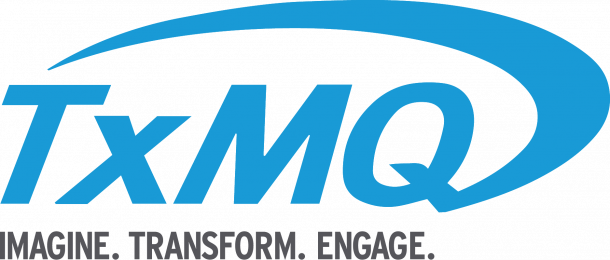By Wendy Sanacore
Mainframe is best described as a style of operations, applications and operating system facilities. What used to be described as a mainframe is now updated to be called a server.
A mainframe is the central hub in a corporation’s data processing center, linked to users through less powerful devices such as workstations or terminals. Mainframe presence often implies a centralized form of computing, as opposed to a distributed form of computing.
By centralizing the data in a single mainframe repository, customers are saved from having to manage updates to more than one copy of their business data, which increases the likelihood that the data is current
Early mainframes were very large and cumbersome, sometimes taking up an entire room in size.
More recently, mainframes have begun to scale down in size and in some cases, it’s possible to run a mainframe operating system on a PC that emulates a mainframe.
The common misunderstanding is that mainframes are complex, unmanageable systems. This isn’t so. A stable mainframe system is very productive when run by a competent staff.
In fact, the proper use of mainframes can actually decrease the cost of maintenance and improve overall user satisfaction.
Mainframes have evolved over the years and those companies with the understanding that mainframes are complex are more than likely still using the same mainframe they always have in the same capacity.
Mainframe updates and evolution allows for the incorporation of new technical capabilities and are successfully being used to support innovation.
So will mainframes ever be rendered obsolete? I don’t think so. There is so much information housed on mainframes now that a shift from mainframe technology is not foreseeable anywhere within the near or even distant future.
About TxMQ
Since it’s inception, TxMQ has specialized in Mainframe software and mainframe systems support offerings. As mainframe software and mainframe applications and subsystems like DB2, z/OS, CICS, MQ, and DB2 continued to grow in popularity, so too did TxMQ’s offerings.
These expanded to include technologies like virtualization solutions including linux virtualization, network virtualization (cloud computing), and desktop virtualization, as well as mainframe modernization.
As the web became more prevalent and a part of the enterprise, we followed IBM’s offerings and added skilled resources and SME’s in areas like websphere, bpm and soa, including both Lombardi, and metastorm (now a part of open text), as well as Datapower.
Contact us today at 716-636-0070 ext 29 or email wendy@txmq.com to find the solution that’s right for you.

Stay informed on the latest in technology and industry trends!
Sign up for the TxMQ Company Newsletter to receive the latest news and updates on everything from legacy to emerging technologies from our Subject Matter Experts.